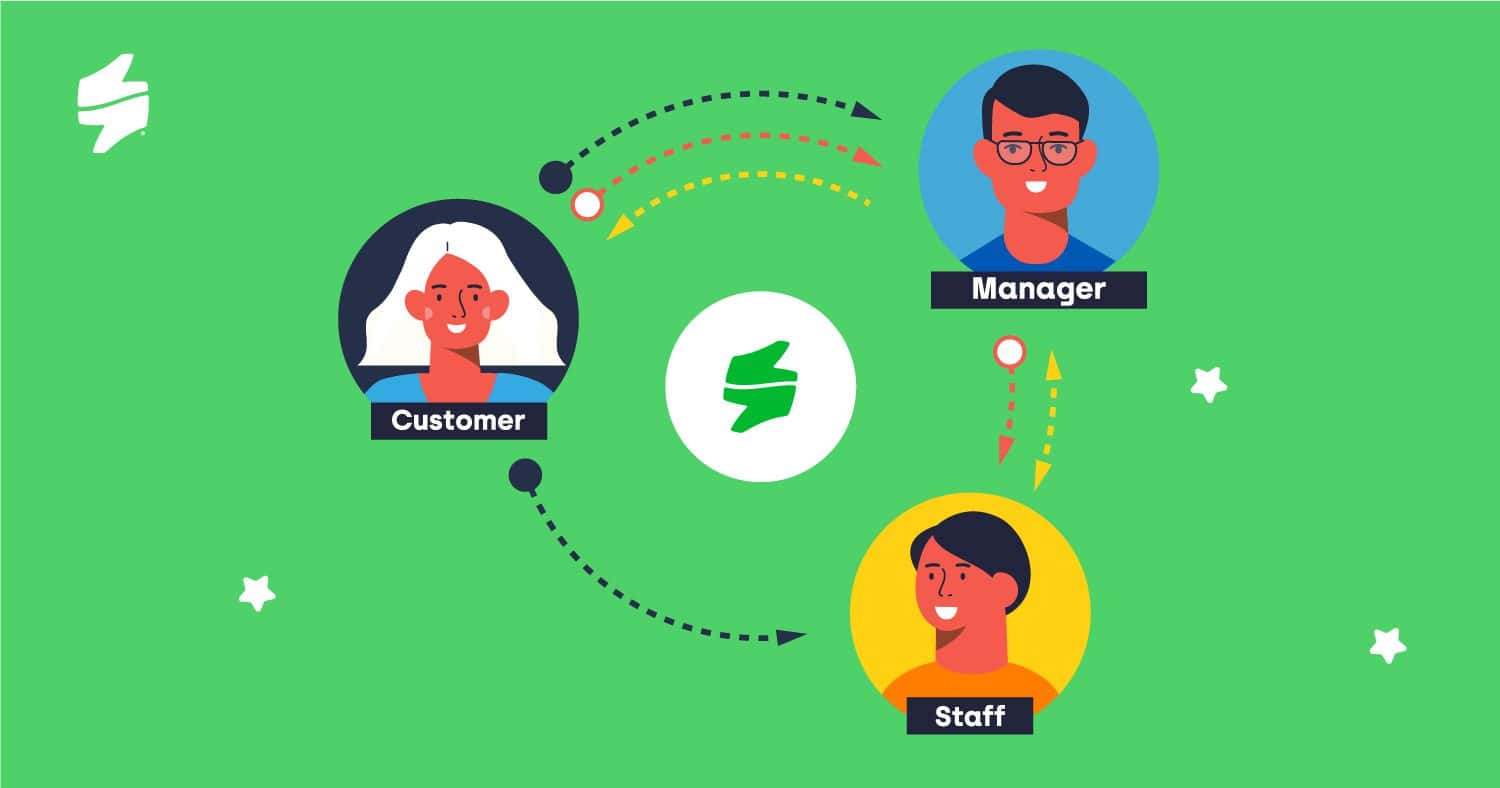Understanding and meeting your customer expectations is crucial for business success. One effective way to achieve this is by implementing a closed-loop feedback system. This article aims to shed light on the concept of closing the feedback loop, provide you with examples and best practices of closed-loop systems, and highlight the difference between open-loop and closed-loop feedback. Additionally, we will explore how online closed-loop feedback management solutions can help companies improve their customer experience.
What is Closing the Feedback Loop?
The Meaning of Closed-Loop
In the context of feedback, a closed-loop system refers to a feedback mechanism where the information provided by customers through customer surveys is used to make improvements or changes in business operations. It involves a two-way communication process, where customers’ feedback is acknowledged, and appropriate actions are taken to resolve their concerns or enhance customer experience.

Transform Your Customers' Experiences
Create a bulletproof customer journey with tailored CX products and services that will foster loyalty and reduce churn.
How Does Closed-Loop Feedback Work?
Closing feedback loop is an essential step in building strong customer relationships and improving overall business performance.
1. Customer feedback collection
Customer feedback collection is the first step in the closed-loop feedback process. There are various ways to collect feedback from customers, including:
- Customer experience surveys: You can create and distribute surveys to customers to gather their opinions, experiences, and suggestions. Surveys can be conducted through online forms, email, or even in-person interviews.
- Feedback forms: Feedback forms can be embedded on websites and mobile apps or placed in physical locations to allow customers to provide their feedback directly and spontaneously. These forms can include open-ended questions, multiple-choice options, or rating scales.
- Social media listening: Monitoring social media platforms allows businesses to gather feedback and insights from customers who may be sharing their experiences or opinions publicly. This can be done by tracking mentions, comments, or hashtags related to the business or its products/services.
- Customer support interactions: Customer support interactions, whether through phone calls, live chat, or email, can provide valuable feedback as customers often express their concerns or suggestions during these interactions.

- Online reviews and ratings: Monitoring and analysing online reviews and ratings on platforms like Google or industry-specific review sites can provide insights into customer satisfaction and areas for improvement.
So, let’s say you have successfully conducted your customer survey. Now what? The process of closed-loop feedback doesn’t end with collecting responses. After gathering CX feedback, you need to analyse and interpret the data.
2. Customer feedback analysis
Once customer feedback has been collected, the next crucial step is to analyse and interpret the data to gain valuable insights. This analysis can involve identifying patterns, trends, and common themes that emerge from the feedback, as well as pinpointing any recurring issues or concerns that customers may have.
In today’s digital era, the advancement of artificial intelligence (AI) has revolutionised the way feedback analysis is conducted. AI-powered CX feedback platforms, like Staffino, can streamline and enhance the process of analysing customer feedback. These platforms utilise AI algorithms to perform semantic analysis, saving businesses significant time and resources.
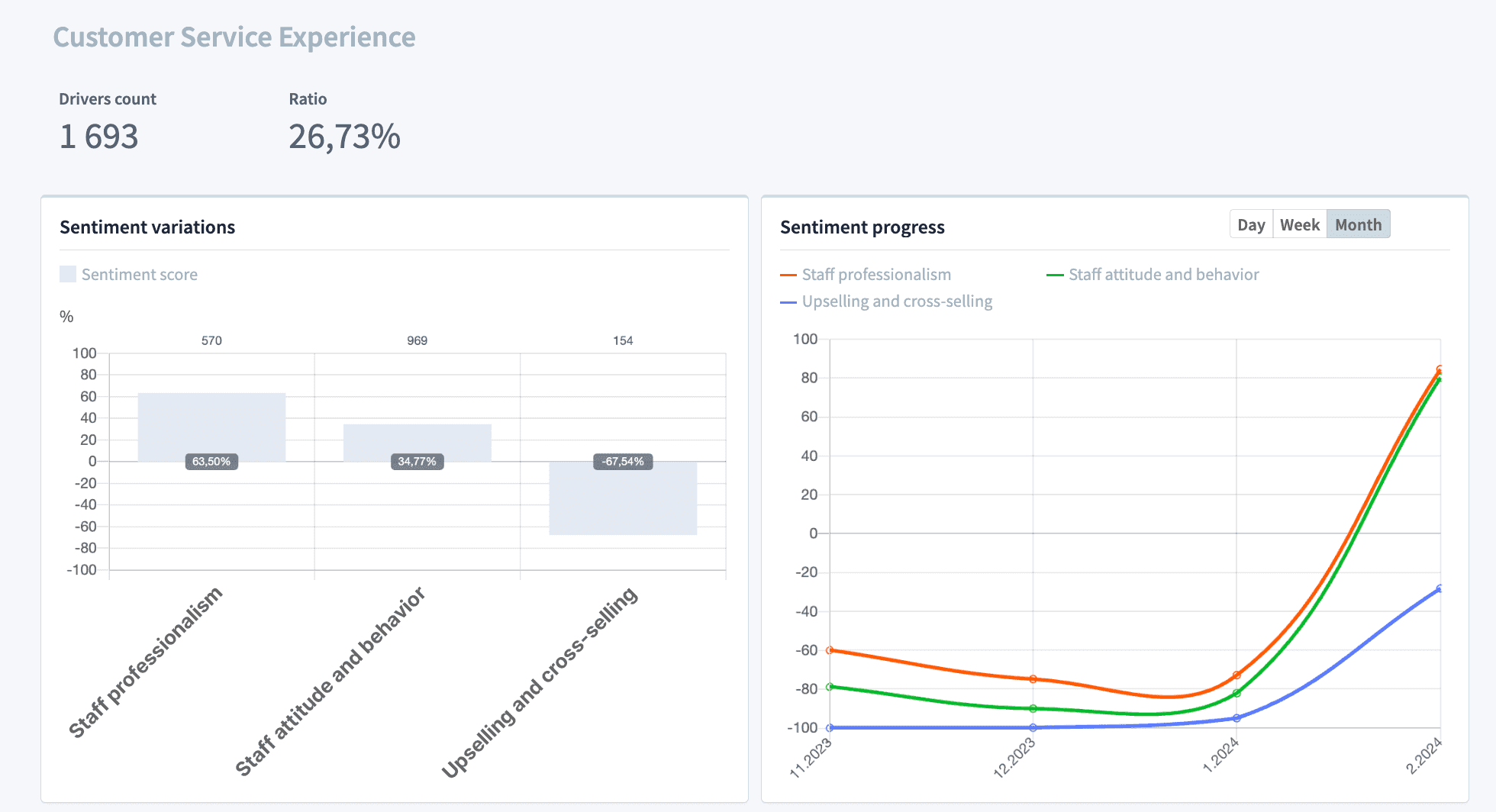
By automatically identifying patterns, trends, and common themes within the feedback data, AI technology enables you to gain valuable insights at a much faster pace than traditional manual analysis methods. Moreover, AI-driven customer feedback analysis is not only efficient but also highly accurate, providing human-precise results that can be relied upon for decision-making.
By thoroughly understanding the feedback received, you can then take appropriate action to address these concerns and make necessary improvements. This may involve implementing changes to your products or services, refining internal processes, or enhancing customer support systems. The goal is to actively listen to customers, acknowledge their concerns, and demonstrate a commitment to resolving any issues they may have encountered.
3. Communicating with customers
Now it’s finally time to tie up any loose ends with your customers. Closing the feedback loop also involves effectively communicating with customers about the actions taken based on their feedback. This communication can take various forms, such as personalised responses to individual customers, public announcements or updates addressing common concerns, or even sharing success stories of how customer feedback has led to positive changes within the business.
Furthermore, closing the feedback loop is not a one-time event but rather an ongoing process. It requires you to continuously collect and analyse feedback, make improvements, and then communicate these changes back to customers. By doing so, businesses can foster a sense of trust and loyalty among their customer base, as customers feel heard, valued, and confident that their feedback has made a difference.
Why is Closed-Loop Feedback Important?
Let’s now look closer at why closing the feedback loop with customers is an absolute necessity. Closed-loop feedback is important for several reasons. It not only allows you to identify and address issues promptly but also helps improve your reputation and revenue. Here are the main benefits of closed-loop feedback:
- Prompt issue resolution: Closed-loop feedback enables you to identify any issues or concerns raised by customers and take immediate action to address them. This helps prevent customer churn and increase customer retention.
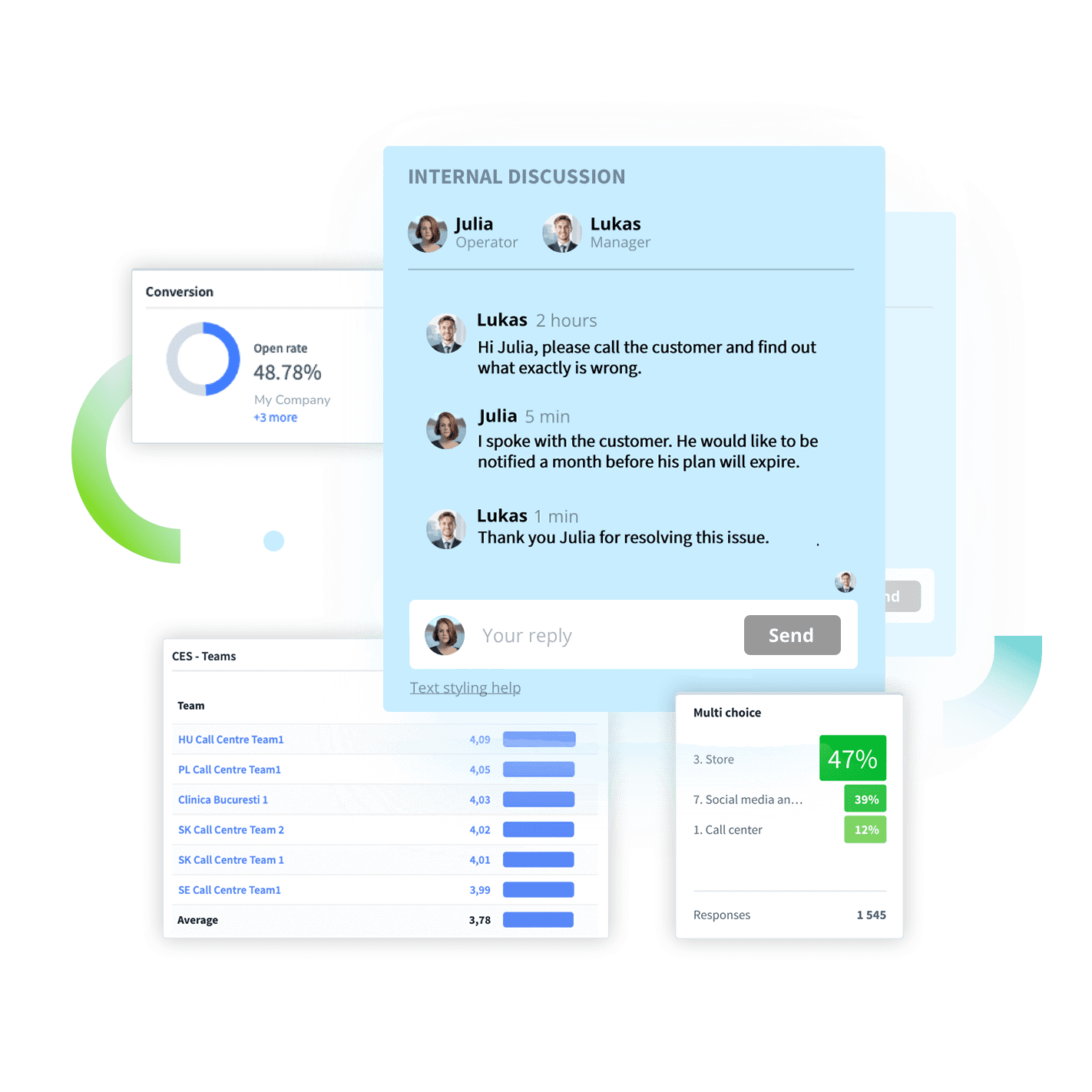
- Improved customer perception: When customers see that their feedback is valued and acted upon, it enhances their perception of the brand. This can result in increased customer loyalty and positive word-of-mouth recommendations.
- Enhanced brand reputation: By actively seeking and incorporating customer feedback, you demonstrate your commitment to continuous improvement. This can boost your reputation and make your company more attractive to potential customers.
- Increased customer satisfaction: Closed-loop feedback allows you to understand your customers’ needs and preferences better. By addressing these effectively, you can enhance customer satisfaction and build stronger relationships.
- Competitive advantage: Implementing closed-loop feedback processes can give you a competitive edge. By continuously improving your products or services based on customer feedback, you can stay ahead of your competitors and attract more customers.
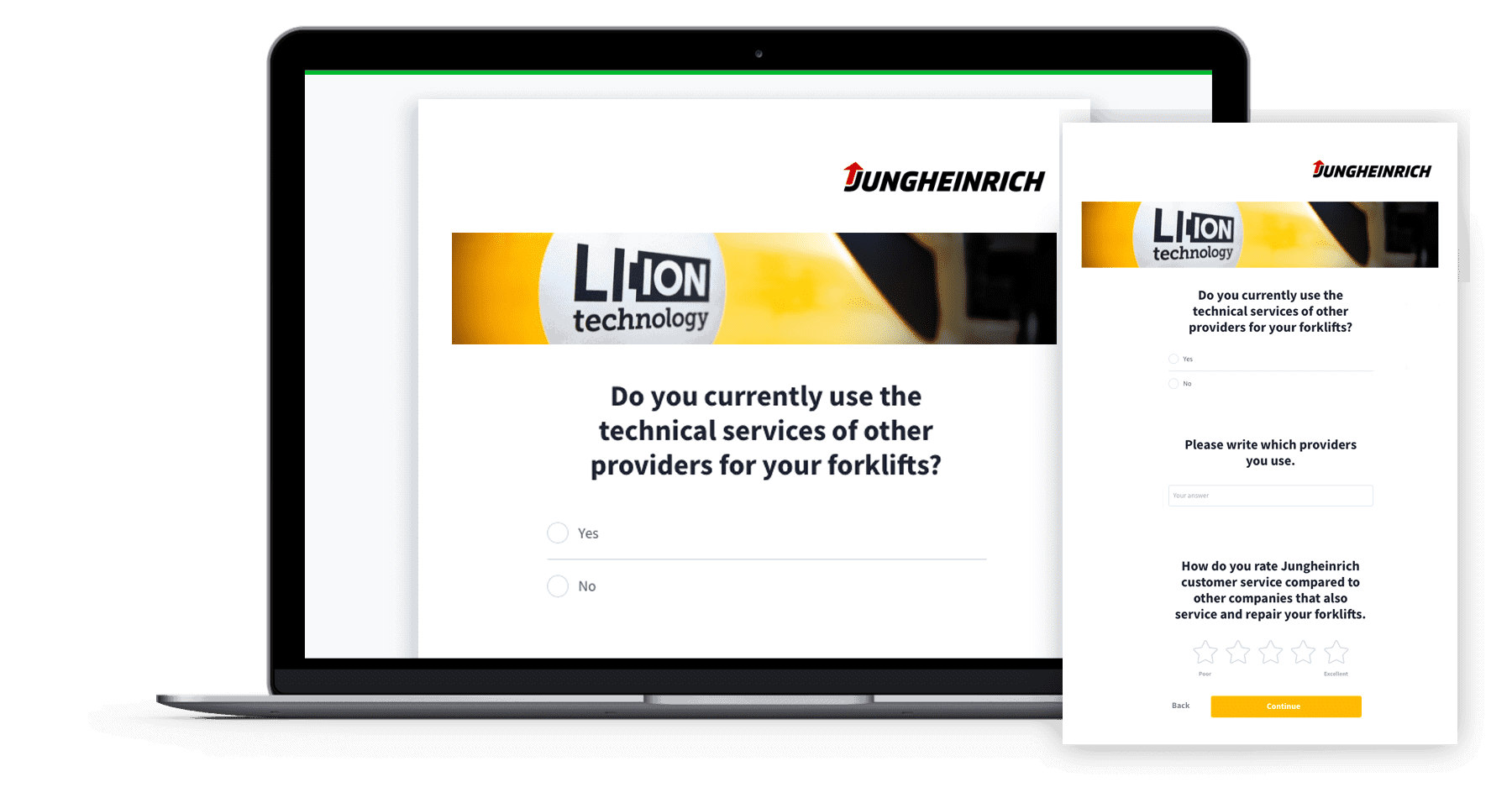
- Uncovering new revenue streams: Closed-loop feedback can provide valuable insights into customer preferences, pain points, and unmet needs. By leveraging this information, you can identify new opportunities for product or service development, leading to increased revenue.
Overall, closed-loop feedback is crucial for businesses as it helps them address customer concerns, improve their reputation, increase customer satisfaction, and gain a competitive advantage.
The Difference Between Open-Loop and Closed-Loop Feedback
As you might have guessed, in an open-loop feedback system, businesses collect customer feedback but fail to take any meaningful action or respond to the feedback received. This approach results in a one-way communication process, where customers’ opinions are not valued, and no improvements are made based on their feedback. Open-loop systems often lead to customer dissatisfaction and can harm a company’s reputation. Sadly, nowadays, many companies still use this approach, unaware of the revenue potential they’re losing.
On the other hand, closed-loop feedback systems prioritise customer input and actively seek to address their concerns. By closing the loop, businesses demonstrate their commitment to improving the customer experience. This approach fosters customer loyalty, enhances brand reputation, and drives business growth.
Creating a Successful Closed-Loop Feedback System
To create a successful closed-loop feedback system, we recommend you follow these best practices:
1. Prompt Replies:
Respond promptly to customer feedback (best within 24 hours), showing that their opinions are valued. This helps build trust and demonstrates a commitment to customer satisfaction.

2. Real-Time Issue Tracking:
Implement a system to track and monitor customer issues in real time. This allows you to address concerns quickly and efficiently, minimising any negative impact on the customer experience.
3. Personalised Responses:
When responding to customer feedback, personalise the communication to show that each customer’s opinion matters. Address their concerns directly and provide tailored solutions whenever possible.
4. Transparency:
Keep customers informed about the actions taken based on their feedback. Communicate any changes or improvements made as a result of their input. This transparency helps build trust and reinforces the closed-loop feedback process.
5. Continuous Improvement:
Use customer feedback as a catalyst for ongoing improvement. Regularly analyse feedback data to identify trends and areas for enhancement. Actively seek ways to enhance products, services, and overall customer experience based on this feedback.
By following these best practices, you can create a closed-loop feedback system that not only addresses customer concerns but also fosters customer loyalty and drives continuous improvement. If you are unsure of where to start in creating a closed-loop feedback system, it can be beneficial to seek assistance from customer experience consulting experts. These professionals specialise in helping businesses develop the right CX strategy for their specific needs and formulating the right questions for customer surveys.

Get Actionable Insights with Closed Loop Feedback Management
With Staffino, you'll never leave a customer unhappy again! Streamline the process of collecting and responding to feedback, identify areas of improvement, and make sure that customer issues are addressed quickly and effectively.
Real-Life Closed-Loop System Examples
Let’s now look at some real-life examples from our clients.
EXAMPLE 1: How Lyreco Closes the Feedback Loop with Its Customers
Lyreco, a leading global provider of office supplies and workplace solutions, actively seeks feedback from its customers to understand their needs and expectations better. In October 2022, Lyreco implemented Staffino’s closed-loop feedback system to enhance its customer experience.

Once a customer provides feedback, Lyreco’s dedicated customer excellence team thoroughly analyses the comments and identifies areas for improvement. They pay close attention to customer suggestions and complaints, ensuring that every voice is heard. The team then takes specific actions to address the concerns raised, whether it’s improving delivery times, enhancing product quality, or streamlining their online ordering process.
In our industry, it’s important to know what our customers think of our services. We decided that rather than making mistakes and then trying to learn from them, we would reach out to the experts at Staffino to gather customer feedback for us. This feedback has provided us with valuable information directly from our customers.
Andrej Obložinský
Logistics and QSS Director, Lyreco Central Europe
After implementing the necessary changes, Lyreco proactively communicates with its customers, expressing gratitude for their feedback and informing them of the improvements made based on their suggestions. This transparent approach not only shows that Lyreco values its customers’ opinions but also demonstrates its commitment to continuously improving its services.
This closed-loop system allows Lyreco to deliver a superior delivery experience by meeting and exceeding its customer’s expectations, as you can read in this article on Lyreco’s blog.
EXAMPLE 2: How Cofidis Turned Its Detractors into Promoters by Closing the Feedback Loop
Cofidis, a leading consumer credit company, implemented a closed-loop feedback system to address customer concerns and improve overall customer satisfaction. They used Staffino to collect and analyse customer feedback on their contact centre interactions and take appropriate actions based on the insights gained.
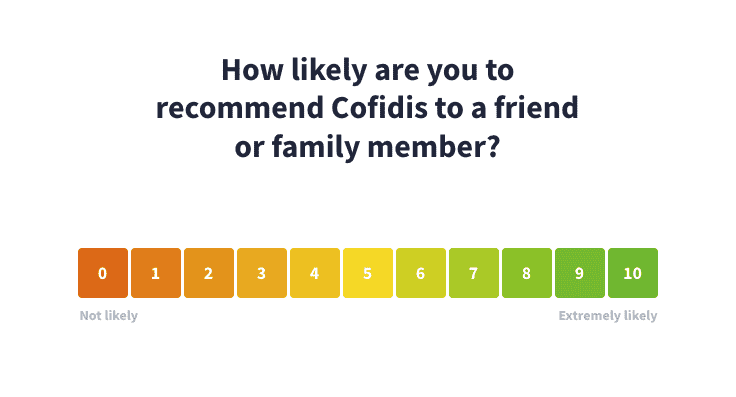
After conducting customer surveys and analysing their NPS score and related textual feedback (customer verbatims), Cofidis identified areas where they were falling short in meeting customer expectations.
Cofidis always proactively reached out to customers who had expressed dissatisfaction with the services provided. They personally addressed their concerns, explained the changes made, and offered solutions to any outstanding issues.
We take the time to thoroughly examine each comment and consult with the respective employee. If necessary, we immediately take steps to address any concerns and provide a solution.
Marcela Juríčková
Head of Client Care, Cofidis Slovakia
This closed-loop feedback system not only helped Cofidis resolve customer concerns but also resulted in an amazing 15-point year-over-year increase in their NPS score. By actively listening to customer feedback, taking swift action, and communicating the improvements made, Cofidis cut the detractors by 5.9% between 2021 and 2022.
This case study of Cofidis Slovakia demonstrates the power of closing the feedback loop and how it can lead to tangible improvements in customer satisfaction and loyalty.
Using an Online CX Platform for Closed-Loop Feedback Management
In today’s digital age, implementing closed-loop feedback systems can be challenging. This is where Staffino, a leading provider of closed loop customer management solutions, comes into play. Staffino offers a comprehensive suite of products and services designed to help companies effectively close the feedback loop with their customers.
User-friendly customer survey creation and distribution
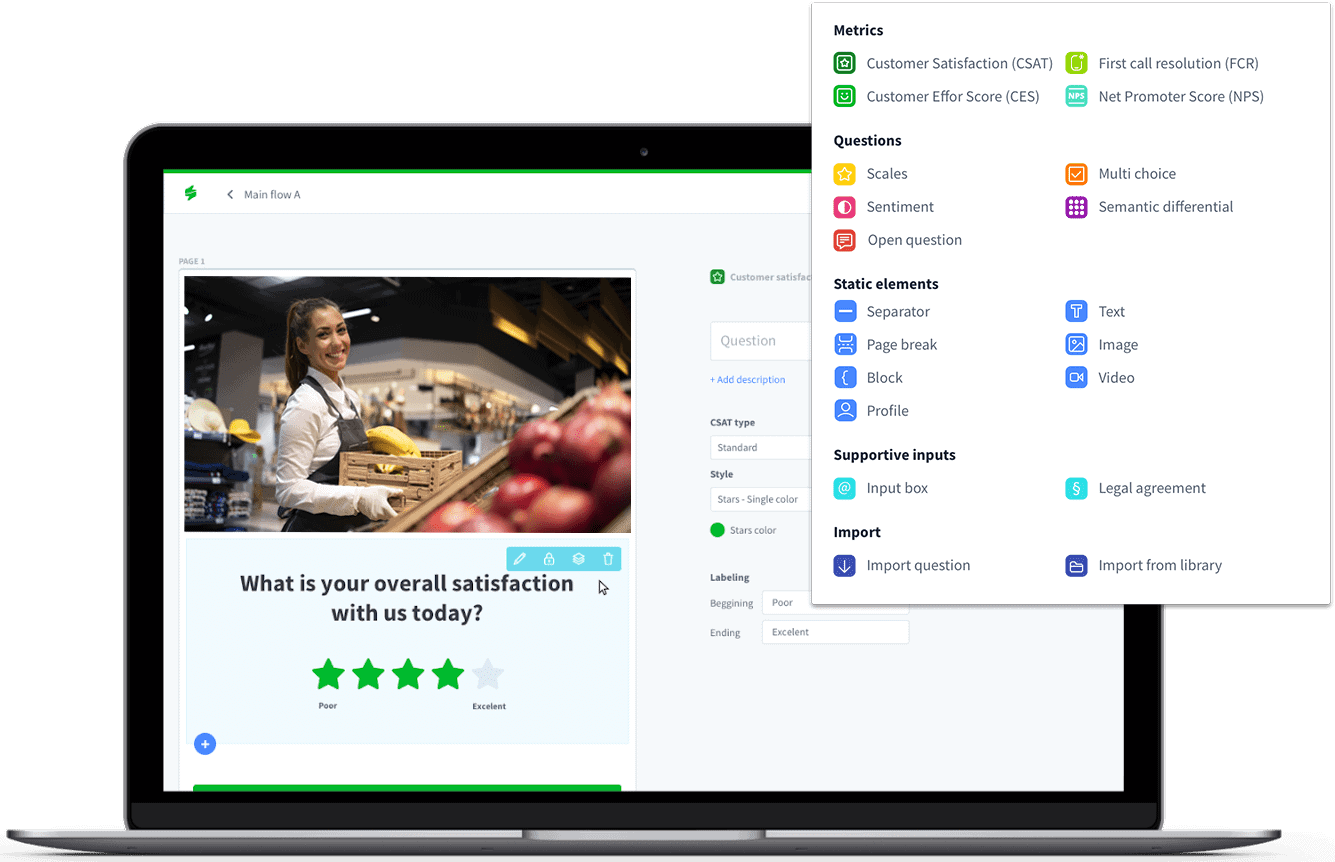
With the integration of email surveys, web surveys, QR codes, in-store kiosks, and online reviews, our platform provides a seamless and efficient way to collect valuable insights from your customers. Our user-friendly interface allows you to create personalised and targeted customer experience surveys to gain a deeper understanding of customer preferences, satisfaction levels, and areas for improvement.
While targeted email and web surveys are a must, QR codes have become increasingly popular in recent years, and our platform allows you to leverage this technology to gather valuable insights. By placing QR codes in strategic locations, such as on product packaging or in-store signage, customers can conveniently scan the code and provide feedback instantly while it’s still fresh in their minds.
AI-powered customer insight analysis
Our AI-driven CX dashboards allow you to analyse the collected feedback in a visually engaging and user-friendly manner. These dashboards provide real-time insights into customer sentiments, trends, and patterns, helping you make data-driven decisions.
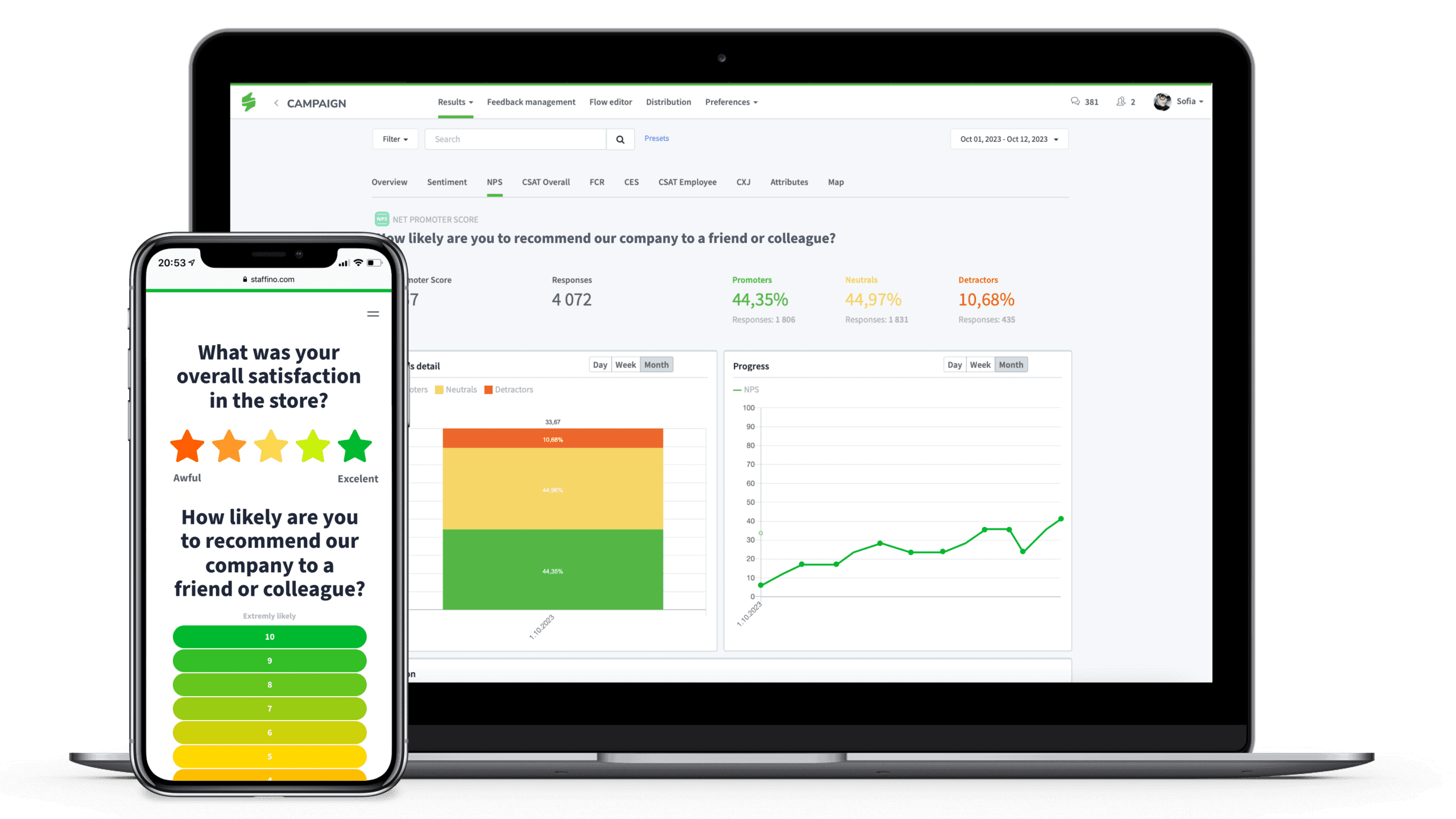
With Staffino’s CX dashboards, you can easily track key performance indicators (KPIs) and customer experience metrics such as CSAT, NPS, CES, and more. The AI-driven analytics algorithms provide deep insights into customer feedback, allowing you to identify emerging issues, prioritise improvement areas, and embrace data-driven budgeting.
The CX dashboards also enable you to segment customer feedback based on various parameters such as product, location, or customer demographics. This segmentation helps gain a comprehensive understanding of different customer segments and tailor marketing strategies accordingly.
Streamlined communication between businesses and customers
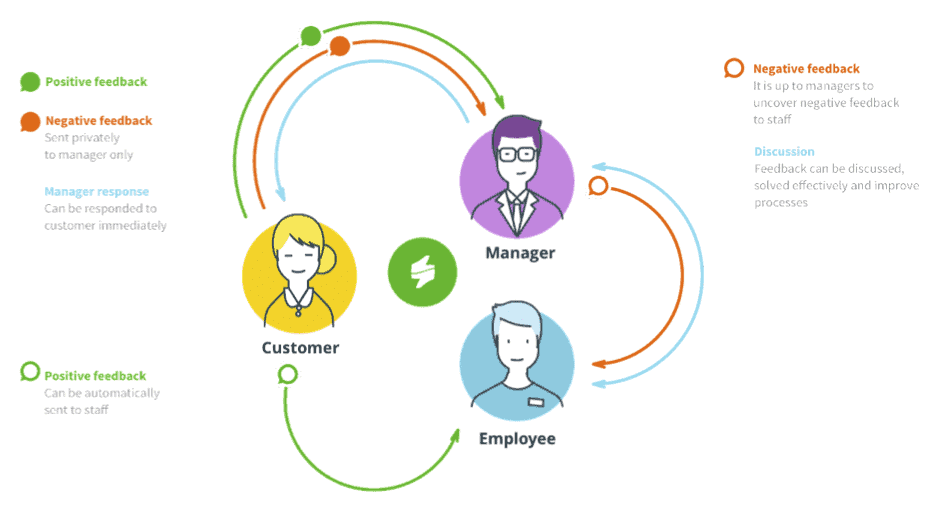
One of the key features of the Staffino platform is its ability to facilitate seamless communication between businesses and customers. With prompt response capabilities, you can address customer feedback in a personalised manner through in-app chat, ensuring that their concerns are acknowledged and resolved. Additionally, our online platform allows you to inform customers about the actions taken based on their feedback, creating transparency and building trust.
By utilising this unique feature, you can strengthen customer relationships and drive continuous improvement. Taking a proactive approach to customer feedback builds brand trust and loyalty, ultimately leading to enhanced customer experiences.
In conclusion, our closed-loop feedback management system empowers you and your team to effectively collect, analyse, and respond to customer feedback. With its advanced analytics, seamless communication capabilities, and focus on continuous improvement, Staffino can help you build stronger customer relationships and deliver exceptional experiences.
Start Closing the Feedback Loop with Your Customers Today!
Now that you understand what is closed loop system and how it works, it’s time to take action.
If you’re ready to enhance your customer experience and drive growth for your business, Staffino is here to support you every step of the way. Our platform’s closed-loop feedback system provides a powerful toolset to optimise your feedback processes and deliver exceptional customer experiences. Don’t wait any longer, start closing the loop today with Staffino.
Book a free demo with our team to learn more!

Get a First-Hand Experience Today!
Staffino is the perfect tool for creating engaging surveys, tracking performance, responding to customer feedback, and rewarding top employees. Get started today with our FREE demo!
